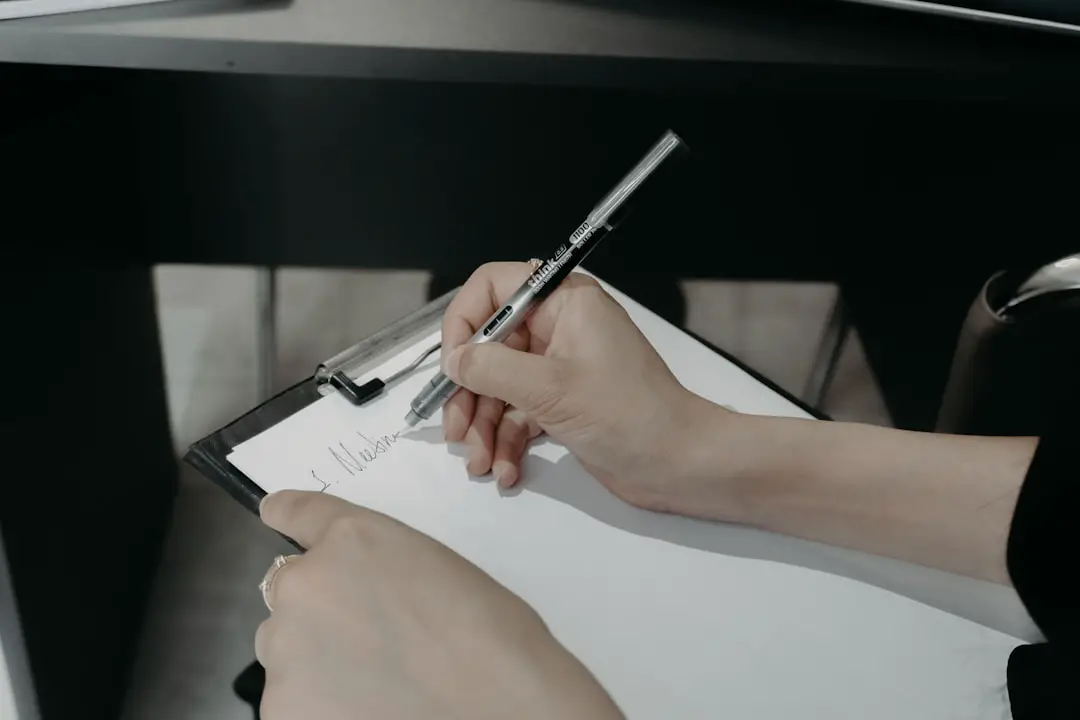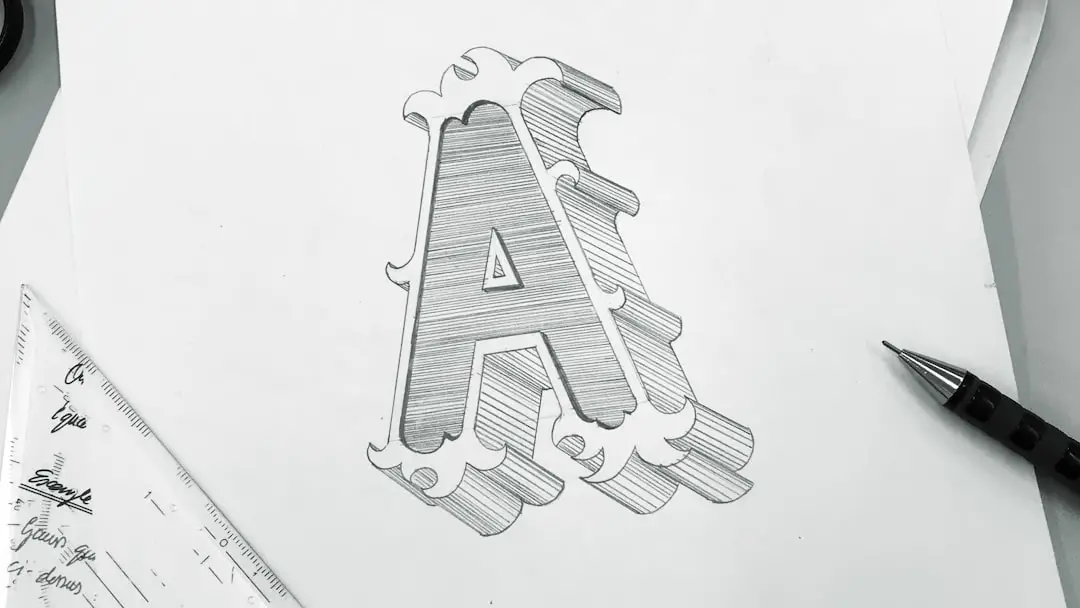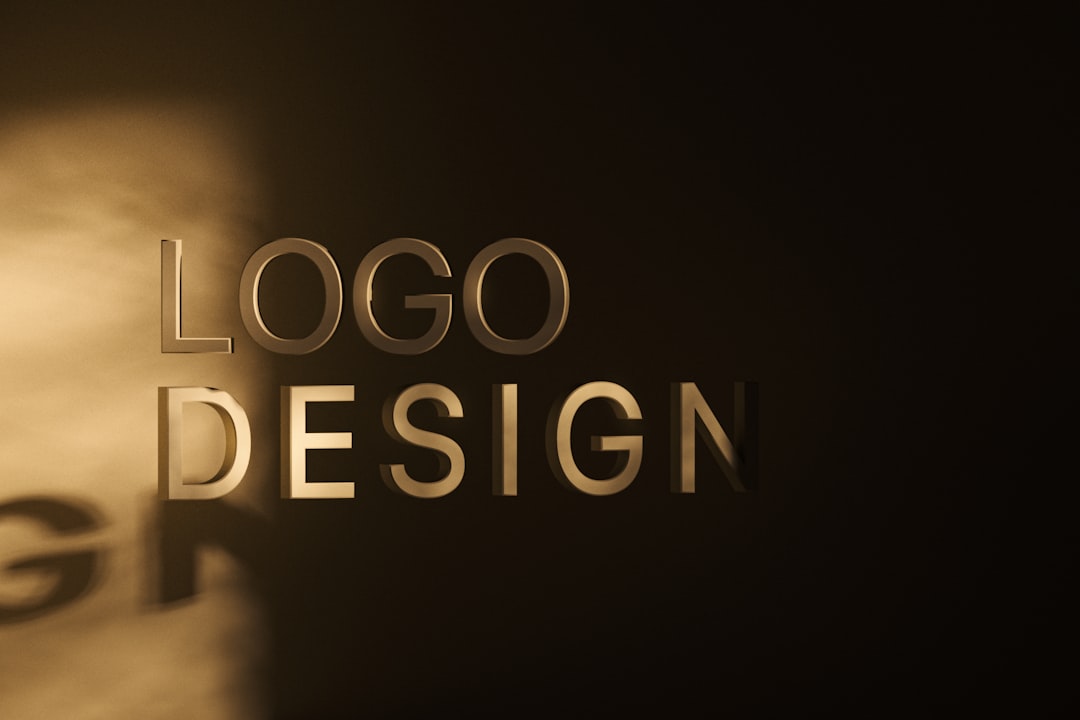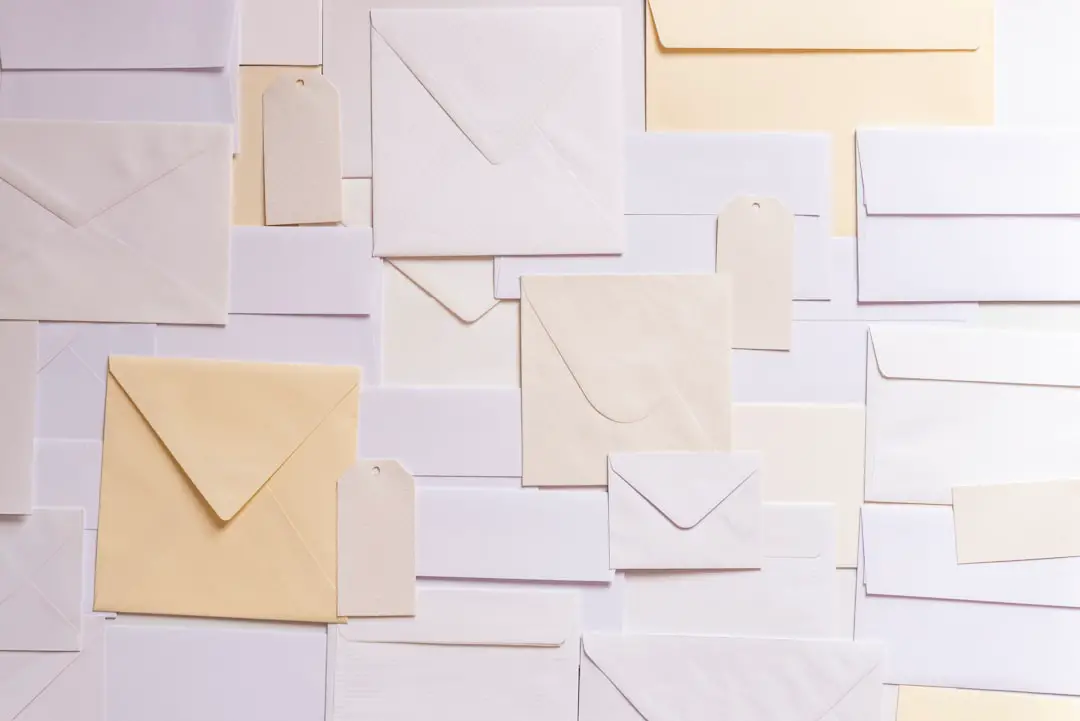Have you ever sketched out the perfect logo idea on paper, only to find yourself wondering how to transform it into a clean, professional digital design? You’re not alone. Hand-drawn sketches are the starting point for many compelling logos—but turning that raw idea into polished, scalable artwork takes a thoughtful process and the right tools.
TLDR: Too Long, Didn’t Read
If you’ve drawn a logo by hand, you can digitize it by scanning or photographing it, then importing it into vector software like Adobe Illustrator. Clean up and trace the sketch to convert it into scalable vector art. Add final design elements such as color, typography, and proportion. The result is a professional-quality logo that originated from your personal sketch.
Why Start With a Sketch?
A hand-drawn sketch is a powerful way to quickly explore ideas and design directions without the limitations of software. It also encourages creativity and freedom of expression. Many iconic logos started as doodles on napkins or notebook paper, proving that inspiration often strikes when you’re unplugged.
Step-by-Step Guide to Turn a Sketch Into a Logo
1. Start With a Quality Sketch
Although you don’t need to be a professional illustrator, you should try to make your sketch as clear and complete as possible. Avoid clutter, overlapping lines, or tiny details that might confuse the digitization process.
- Use a pencil or black pen for maximum contrast.
- Focus on the overall structure and layout of the logo.
- Keep proportions consistent.
Once you’re confident with your sketch, it’s time to digitize it.
2. Scan or Photograph the Sketch
The goal here is to create a clear digital image from your physical drawing. A scanner will give you the best resolution, but a smartphone camera can work if used properly.
- Scanning: Use at least 300 DPI resolution. Save the file as a JPG or PNG.
- Phone Camera: Take the photo in good lighting, ideally in natural daylight. Ensure the paper lies flat and there’s no shadow over it.

Once you’ve captured your image, you’re ready to move on to the software stage.
3. Import Into Vector Software
To create a clean logo, you need to convert your image into vector format. This allows your logo to be resized without losing any quality. Tools like Adobe Illustrator, CorelDRAW, and the free alternative Inkscape are ideal for this.
Here’s how to start in Adobe Illustrator:
- Open Illustrator and create a new project.
- Import your scanned sketch using
File > Place. - Position the sketch on your artboard, lock the layer, and create a new layer on top for tracing.
4. Trace the Outline
This is the most crucial step. You’ll want to trace over your sketch using the Pen Tool or Image Trace feature.
Manual Tracing with Pen Tool: This gives you full control over the lines and shapes. It might take longer, but the result will be very precise.
- Use smooth curves and try to keep the number of anchor points low.
- Zoom in to refine details.
Automatic Tracing with Image Trace: A faster method, but it might need adjustments afterward.
- Select the sketch layer and go to
Window > Image Trace. - Play with the settings (Black and White mode recommended).
- Click ‘Expand’ to convert the trace into editable vector paths.

5. Clean Up Your Paths
After tracing, inspect your artwork. Are there too many anchor points? Are the curves smooth?
Using the Smooth Tool or manually adjusting anchor points and Bézier handles can help enhance your design’s cleanliness and balance. Remember, fewer anchor points typically mean a cleaner, more scalable logo.
6. Add Design Elements
Once your outline is perfect, you can start adding finishing touches:
- Colors: Add brand-appropriate color palettes. Stick to two or three main colors for visual simplicity.
- Typography: If your sketch includes text, carefully choose a font that matches your brand’s tone or trace hand-drawn type if it’s part of the design language.
- Geometry & Proportion: Use guides or grids to maintain symmetry and balance.
This step truly breathes life into your sketch, transforming lines into identity.
7. Export the Logo Files
It’s now time to save and export your logo in various formats.
- AI/SVG: For editable, scalable files you or a designer can revisit later.
- PNG: For transparent web graphics.
- PDF: For professional printing or corporate use.
Consider exporting in different color modes (CMYK for print, RGB for web) and backgrounds (transparent, black, white) for flexibility.
Tips to Improve the Final Design
Stay Minimal
Most great logos are simple and timeless. Avoid clutter or over-complicated shapes. Test your logo at different sizes—from a website icon to a billboard—to ensure it remains readable and impactful.
Test Across Mediums
Print your logo on paper, test it on mockups, and see how it appears on various screens. This ensures that your clean digital logo functions well everywhere it might be used.
Get Feedback
Share your logo with friends, clients, or fellow designers. Constructive criticism can reveal blind spots and offer new creative insights.

Alternative Tools and Mobile Options
If you don’t have access to Adobe Illustrator or prefer mobile-friendly options, here are some alternatives:
- Inkscape (Free): Offers powerful vector tools similar to Illustrator.
- Procreate (iPad): Excellent for artists wanting to clean up sketches digitally before exporting to Illustrator.
- Vectornator: A mobile vector tool for iOS that supports sketch import and tracing.
When to Hire a Professional
If you find the digitization or cleanup process too overwhelming, don’t hesitate to reach out to a logo designer. Many professionals can take your sketch and transform it into a high-quality vector logo at a reasonable cost. It’s an especially good idea if you’re creating a brand that needs to scale or requires multiple design applications.
Final Thoughts
Transforming a hand-drawn sketch into a clean, professional logo is a rewarding process. It bridges the gap between raw creativity and polished design. By scanning your sketch, tracing in vector software, cleaning it up, and adding thoughtful design elements, your simple drawing can evolve into the powerful visual heart of your brand.
Whether you do it all yourself or collaborate with a design pro, never underestimate the power of starting with pencil and paper. Let your ideas flow freely, and with the right techniques, you can craft a logo that stands the test of time.
